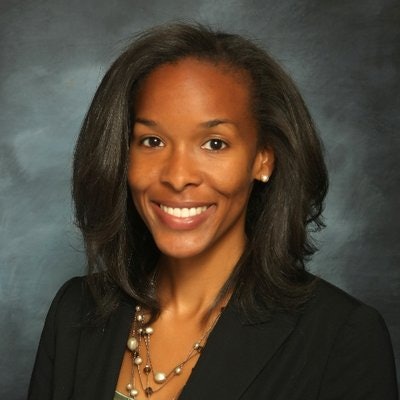While the U.S. waits to hear how the Supreme Court will rule in Students for Fair Admissions (SFFA) vs. Harvard College and SFFA vs University of North Carolina (UNC), higher education experts in California already know what the postsecondary world could look like without affirmative action, the consideration of race as one of many elements when deciding admission.
 Thomas Saenz, president and general counsel of the nonprofit Mexican American Legal Defense and Educational Fund (MALDEF).
Thomas Saenz, president and general counsel of the nonprofit Mexican American Legal Defense and Educational Fund (MALDEF).
“The gap between representation in high school and representation in the University of California expanded further, and in the ensuing years has gotten even larger,” said Saenz at a webinar hosted Wednesday night by The Campaign for College Opportunity, a coalition of business, civic, and ethnic groups from around California working together to help the next generation of students access college.
In the 26 years since proposition 209’s passing, other states have enacted similar laws. Saenz said that overinterpretation of the law’s restriction pulled other equitizing measures in higher education into question, like affinity groups and ethnic studies courses. The proposition had what Saenz called a “chilling effect” that prevented other, equitizing steps from being taken in higher education in the state.
The Supreme Court’s upcoming decision in SFFA vs. Harvard and UNC could produce a similar chilling effect on the measures taken by federal or state governments and institutions that increase access, equity, and inclusion for underrepresented groups in higher education, experts said at the panel. Each agreed that it is vital that institutions and policymakers take steps to combat the stymying of educational equity and access practices.
“We know well-intentioned people are out there being cautious, watching the way the wind blows,” said Michaele Turnage Young, senior counsel with the National Association for the Advancement of Colored People (NAACP) Legal Defense and Education Fund. “It remains important to ensure that all students have equal opportunity to get into higher education.”
 Michaele Turnage Young, senior counsel with the National Association for the Advancement of Colored People (NAACP) Legal Defense and Education Fund.
Michaele Turnage Young, senior counsel with the National Association for the Advancement of Colored People (NAACP) Legal Defense and Education Fund.





















